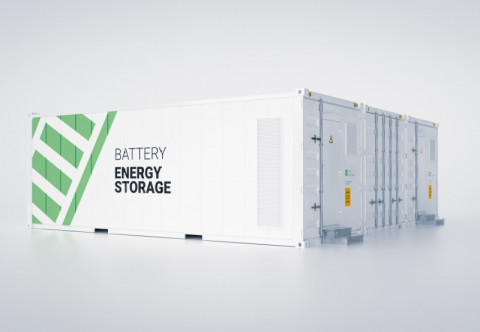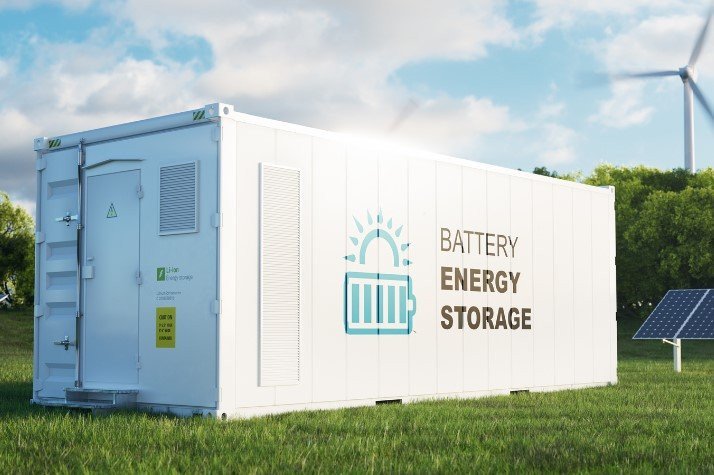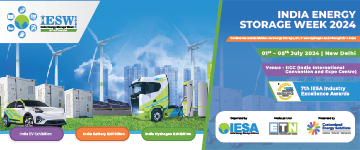Policy revamps that will help scale storage technologies
The key need for improving storage is innovation, which is not just a technical issue but extends to business models and regulatory frameworks. Dr. Rahul Tongia, Senior Fellow at CSEP, feels while there is a need to scale up production, we should also revamp how we integrate and plan for storage.
Storage is an interesting and new development when it comes to grid-scale storage for the AC grid. From a regulatory perspective, we still do not have clarity on whether it is a source (supplier) or a sink (consumer) - but we know that it is both. To have storage grow and scale for all aspects of the energy ecosystem we must recognize that cost, price, and value are not the same.
An important part of understanding storage is to recognize that not all storage is the same - use cases and duty cycles vary enormously. How often will a storage system be used? For how long? With what ramping (or other) characteristics? Will we need more seasonal or diurnal storage? All of these would determine what type of storage is required, not just at the battery chemistry level but even if we want pumped hydro versus batteries versus compressed air storage (or something else). Storage even happens thermally – think of water heating (geysers) and AC pre-cooling.
Storage technology
Unfortunately, several policies today try and distinguish between storage applications. Instead, if we get the signaling right, solution providers could choose the best technologies to fit the purpose. Grid ancillary services should allow batteries to participate, and managing the peak could rely on expensive but rarely used supply, storage, or demand response via smart grids. The grid today lacks time of day pricing for most units transacted and without the general concept of paying a premium for the peak, this diminishes the value of storage technologies. Such a premium is also required for resiliency. Unfortunately, we still rely on averaged or Levelized costs of energy (LCOE) for comparing generation.
LCOE does not just miss the time of day, it ignores system-level costs, including transmission and the impact on other generators. For many years, India 'enjoyed' a surplus of capacity, based on a disproportional growth of coal-based capacity between FY11-16, more than double the growth of electricity demand. Not only did shortfalls reduce to zero, but there were issues of non-performing assets and banking sector implications.
However, by 2018, coal power plant capacity growth fell to the extent that all growth has been for RE, with limited growth coming from hydro but even less from nuclear power. This surplus carried a cost, but we need to stop thinking of electricity only in terms of ₹/kWh (its energy value). We must also think about the capacity value (kW at the right time and place). We also need to measure and value ramping (both up and down) that helps keep the frequency and the grid overall stable.
Innovation is key
The key need for improving storage is innovation, which is not just a technical issue but extends to business models and regulatory frameworks. Who can set up storage facilities? Shouldn't these be delicensed? Eventually, why not have Storage as a Service (StaaS)? That way every individual does not need to plan for storage, but it could be distributed and shared.
At a technical level, we still must improve the price-performance of appropriate batteries for Indian temperature and grid conditions. The EV space is already grappling with electric two-wheelers that catch fire! We also need to innovate on materials and supply chain issues, starting with materials security and concerns over toxicity to end-of-life recycling and disposal. Of course, we must 'Make in India', but how we kick-start the process (to go from low-volume | high-cost to high-volume | low-cost) is tricky. We cannot rely on production incentives eventually.
Storage is also key for mobility, but the good news is that economics are likely to be favorable much sooner. The alternative benchmark is not coal (like with the power grid) but imported oil, which was expensive even before the Ukraine crisis. However, we still have work to do in terms of regulating EV charging and setting up charging facilities.
Is grid storage ready for tens of GW of wholescale time-shifting? It is still expensive, but the good news is we do not yet need such volumes of storage for electricity. There is still headroom and a few years before such volumes are required, by when prices will continue to fall. There is also disproportional value to non-energy (kWh) uses of storage, more so when we factor in issues of local grid congestion and transmission avoidance. We need to scale up production now, while also revamping how we integrate and plan for storage.
(Centre for Social and Economic Progress (CSEP) is a New Delhi-based not-for-profit think-tank. Dr. Rahul Tongia is also a Senior Fellow (non-resident) at the Brookings Institution, Adjunct Professor at Carnegie Mellon University, and Founding Advisor at the India Smart Grid Forum. All views are personal.)























